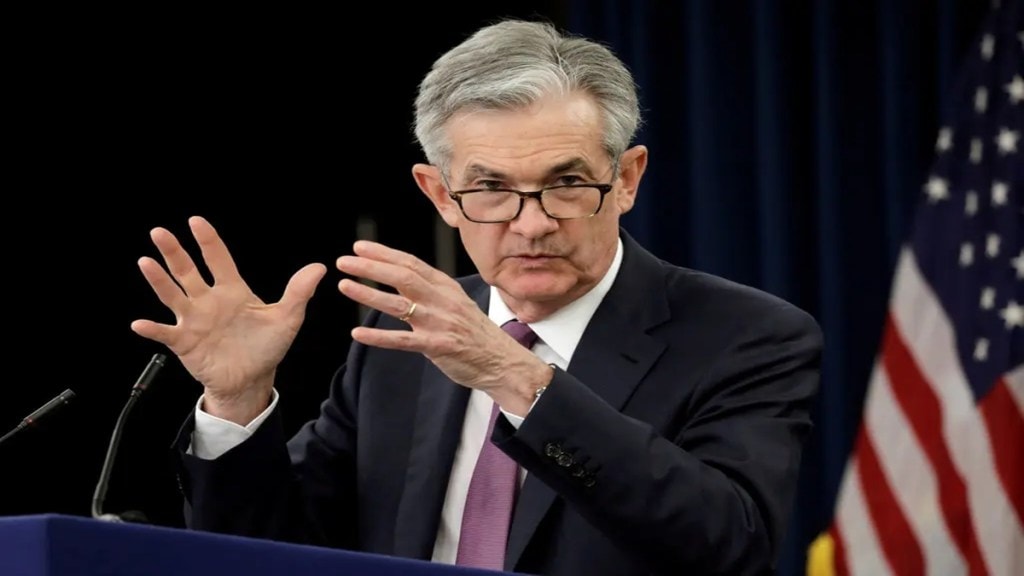Wall Street opened higher on Wednesday as investors awaited the Federal Reserve’s interest rate decision. The Fed is widely expected to cut rates by 25 basis points, bringing the benchmark range down to 3.75%–4%.
In early hours of trading, the Dow Jones Industrial Average climbed 302.99 points (0.63%) to 48008.06, the S&P 500 added 24.79 points (0.36%) to 6915.15, and the Nasdaq Composite advanced 150.33 points (0.63%) to 23973.03.
Another factor supporting the higher market opening is growing optimism that the US may reach a trade agreement with South Korea.
Trump announced on Wednesday that US has reached a trade deal with South Korea. “We did, we did. We did reach a deal,” Trump said when asked whether an agreement had been made, ahead of a dinner hosted by South Korean President Lee Jae Myung.
In September, Federal Reserve Chair Jerome Powell announced the first interest rate cut of 2025, which indicated growing concern over a noticeable slowdown in the labour market. He remarked that the job market had become less dynamic and somewhat softer, with employment risks appearing to increase.
Traditionally, the Federal Reserve relies heavily on US inflation and labour market data to guide monetary policy decisions. However, the ongoing government shutdown has disrupted the release of several key economic reports, limiting the Fed’s access to crucial data and complicating its ability to make well-informed policy choices.
As of August, the unemployment rate stood at 4.3%, and Fed officials have expressed unease about the upward trend in joblessness. Meanwhile, after a delay caused by the shutdown, the Consumer Price Index (CPI) data for September was released on October 24.
The report showed inflation coming in slightly lower than expected: the annual inflation rate rose to 3.0%, the highest since January, up from 2.9% in August but still below the 3.1% forecast. Core inflation, which excludes food and energy prices, also rose 3.0% year-over-year.
The US economy is currently grappling with a complex mix of persistent inflation and a weakening labour market. Within the Fed, opinions are divided, some policymakers favour additional rate cuts in the near term to support employment, while others argue that inflation remains the greater risk and advocate for keeping interest rates elevated for longer.


